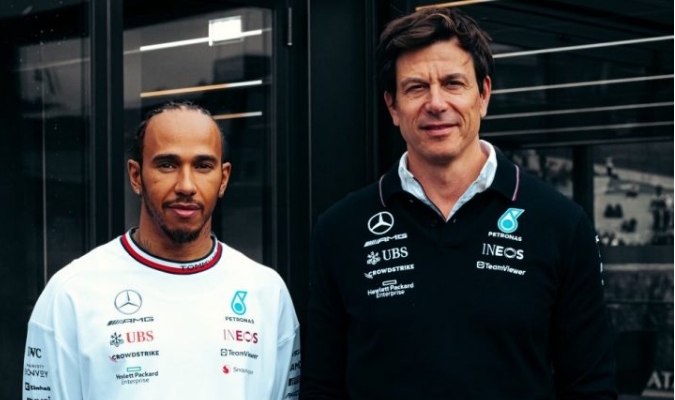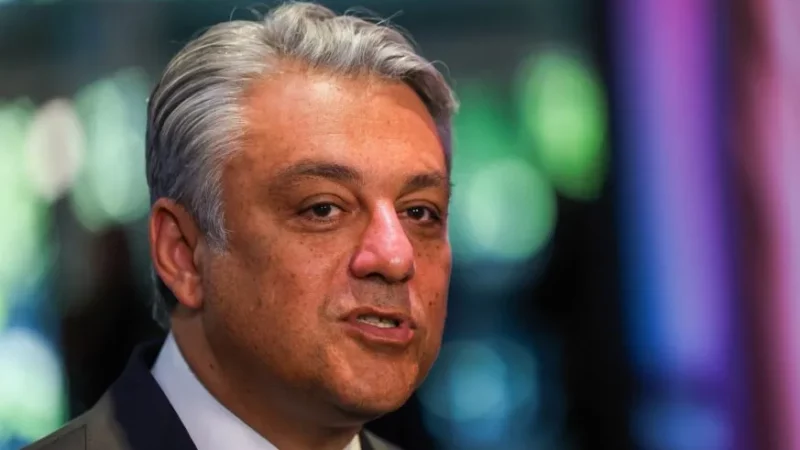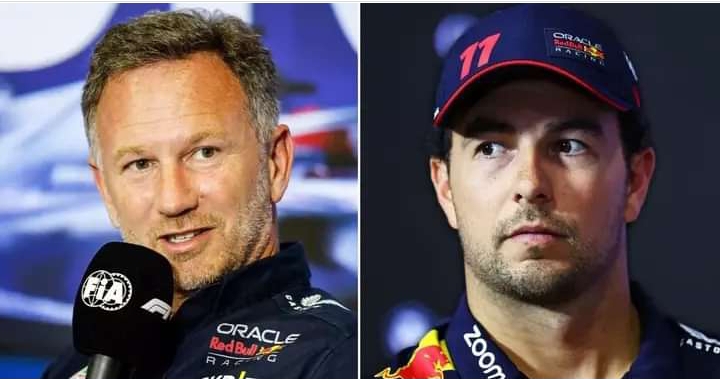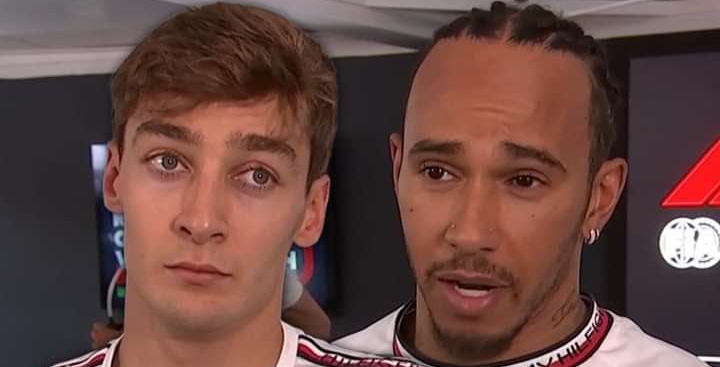Hamilton’s two-year contract is explained by Wolff.

The Briton will continue to compete for the Brackley team through the end of 2025 thanks to a new two-year contract that Mercedes and Lewis Hamilton agreed to last week. But why didn’t the two parties agree to a longer agreement?
Toto Wolff, the team manager for Mercedes, and Hamilton have frequently discussed their commitment to one another over the past few months.
Hamilton, a seven-time F1 world champion, has called Mercedes “my surrogate family” and hopes to continue to be involved with the team in some capacity for all eternity.
Wolff clarified, however, why the latest agreement between Hamilton and the company will only last for two years, claiming that any extension would have required the inclusion of “escape clauses” that neither party wanted to negotiate.
Wolff said to Sky Sports F1 in Monza last weekend: “This is a dynamic environment, and signing a five-year contract means you need to discuss about [if] there is any escape clause in case we’re not giving him a car that is performing.
“As a result, we dismissed that.
We stated that we believe the immediate future is two years away.
That is the promise we make to one another.
Wolff made it clear that the short term of Hamilton’s most recent agreement was in no way a sign that the two parties wouldn’t continue to collaborate after 2025 or after the British driver’s retirement from Formula 1.
Since he first started karting, Hamilton has been associated with Mercedes, and he intends to continue to represent the company in his future endeavors.
According to Wolff, Hamilton will benefit from that viewpoint.
The Austrian said, “I think first of all, his role with the team will go on for a longer period of time even when he decides not to drive anymore.”.
“I think you should stay together if it’s in your interests and the interests of both parties.
We require a quick driver and a quick car.
A very well-known football coach once told me that a good player will not be prevented from moving on if he wants to.
Therefore, you simply have to move when someone wants to move—whether it’s the team or the driver.
“.






